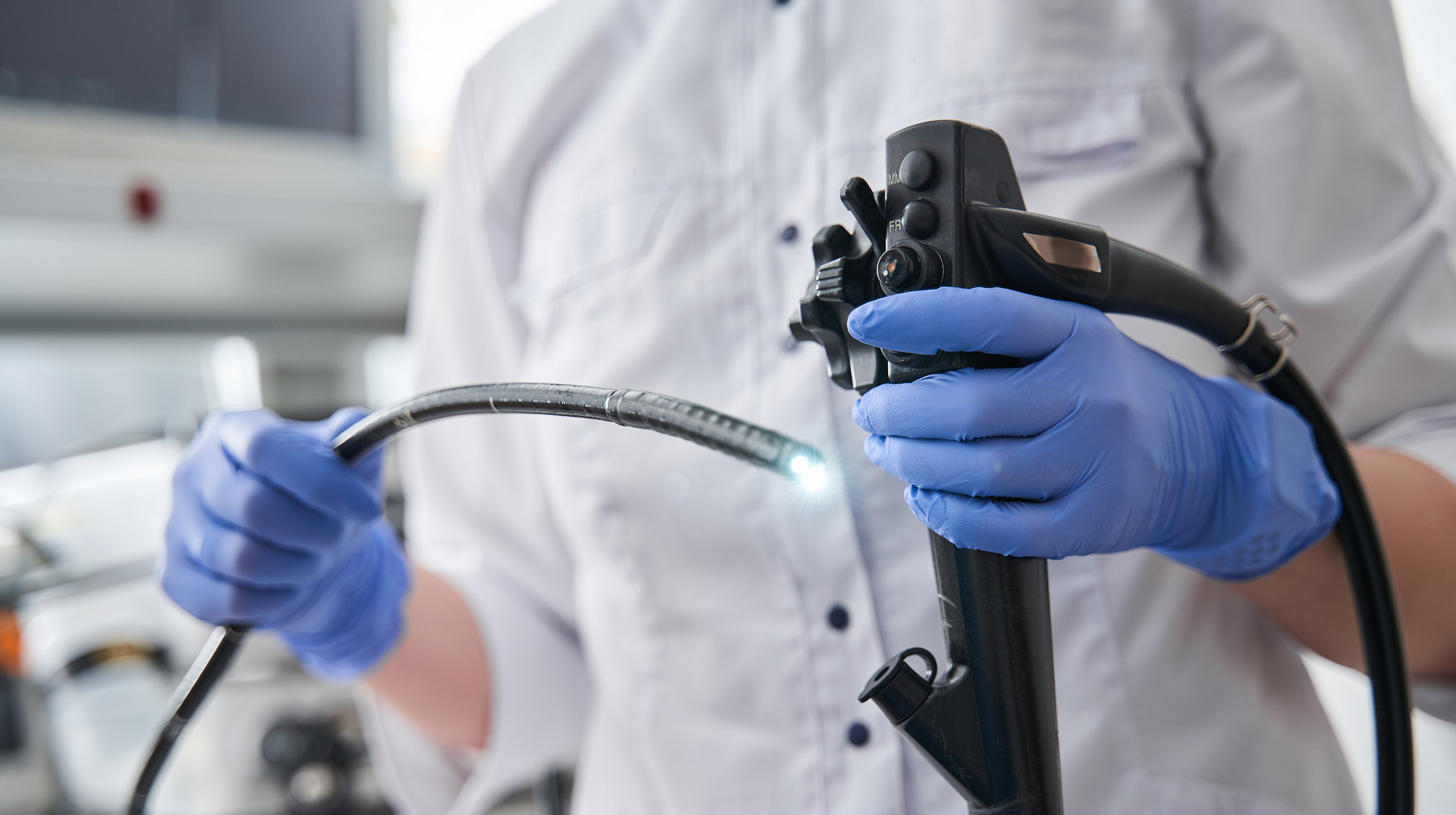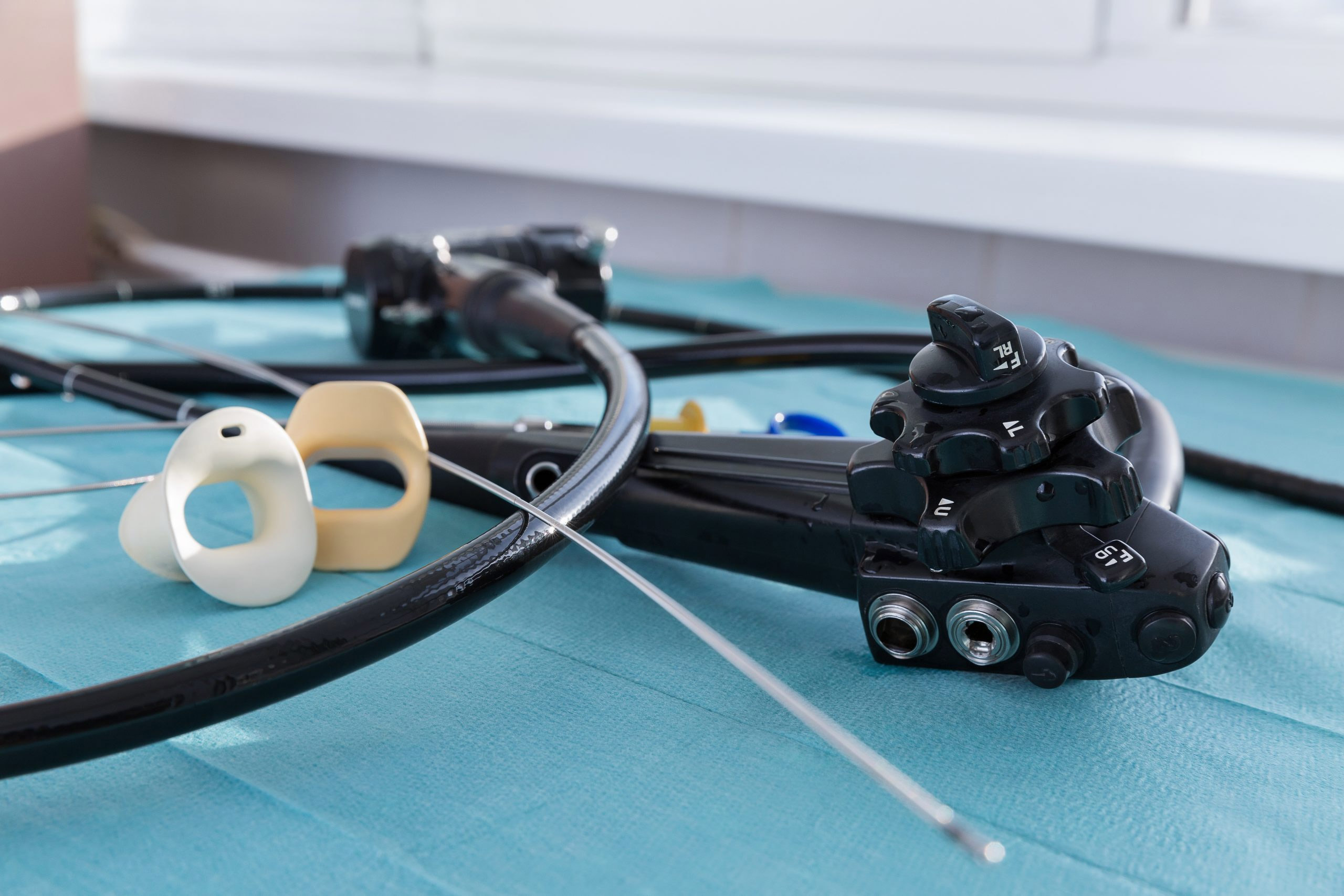
Single-use ureteroscopes offer benefits such as always being available, sterility, and eliminating costly and labor-intensive reprocessing. Their reusable counterparts are known to be fragile and require regular maintenance and repairs.
But while some benefits of single-use ureteroscopes may be clear, their cost effectiveness has been debated.
With so many cost drivers for endoscopy, including reprocessing, repairs, and maintenance — not to mention the endoscopes themselves — per-procedural costs will vary largely by volume. These are important considerations for any institution considering a hybrid approach to adopting single-use ureteroscopy, according to a new study in the Journal of Clinical Medicine.
The authors of the study created a model that estimates the “cut-off value,” or the number of kidney stone management procedures performed with a reusable ureteroscope for the fixed costs of purchasing, reprocessing, and maintenance to be worth it. They write that reaching the cut-off value is the only way for a hybrid single-use and reusable system to benefit a facility financially.
Results will differ, the researchers argue, between public or private institutions, procedure volume, or reprocessing methods.
Four public hospitals were profiled to demonstrate procedure volume’s impact on cut-off value. The study showed that low-volume centers performing fewer than 30 ureteroscopies per year benefitted financially from a full transition to single-use.
Additionally, a high-volume center with more than 200 patients annually could perform more than 90 percent of ureteroscopies with a single-use device and see financial benefits over a reusable option.
For more middle-of-the-road centers, the results were less clear, according to the study. The cut-off numbers, rather than a set number, ranged widely.
A hybrid model must be preplanned and take into account caseload as well as sterilization processes, the authors noted.


